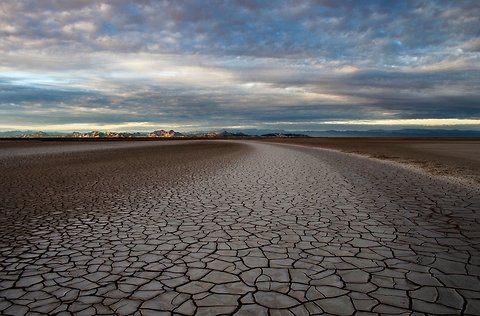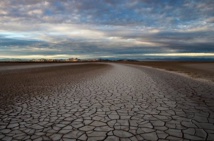Central Oregon, U.S. – 06 April 2015 – Reid Wilson reports that western United States of America is facing a crisis of water- the indispensible natural resource, which could be a forecast of an upcoming political upheaval.
In the 19th century, it was a common practice for the Americans to pour into the western part of the country “in search of” precious natural resources like timber, crude oil, gold and coal. This migratory tendency has resulted in the “explosive growth” of the said region by the end of twentieth century. As a result, at present water has become an increasing scarcity.
Western states of America including California, is at present parched for water as these regions are facing a “devastating” period of drought. At this hour of emergency, legal authorities are busy tackling “political mismanagements” of the past which forced rural areas and cities against each others. It is said that in the west, matters concerning water issues have, so far, been the quickest path leading into political fights.
Compelled, under the pressure of the looming drought, states are taking “drastic steps” – Californian Government has issued “mandatory restrictions” on the usage of water, Colorado, Oregon and Texas are accounting for “record-low water stores” whereas Washington is threatened by the “low snowpack” which will result in lower water level in reservoirs vital to the city’s water supplying source. In fact, the “low snowpack” will also affect the quantum of power generation.
The drought is moderately spread across an area that covers almost sixty percent of the Western States wherein almost fifty two billion lives are getting affected. In fact, along the last century’s growth, the West has invested years of work along with billions of dollars to conduct projects in saving water through “massive infrastructure”. However, the states refusal to take other corrective measures in time could be reason enough for the present crisis faced by the countrymen.
The Colorado River, being the main source of water in that region, was under strict observation from as early as 1922, so that the usage of water could be rationed and allocated among the seven states who agreed on a treaty. It has then decided between the U.S. and Mexico that the former would allow a certain quantity of water to flow across the “international border”.
The treaty of allocated usage of water from the Colorado River turned out to be mere eyewash as towards the end of the river course, most of the years nothing would reach the Gulf of California.
According to the water allocation, Colorado And California get the lion’s share of the river water, while Arizona and Utah do away with eleven percent each, and eventually the remaining nine percent is distributed among New Mexico, Wyoming and Nevada.
The right to govern the usage of water have been zealously reserved with the states though the “federal government” exercises a certain amount of control on water, yet the ground water regulation, which is stored in the aquifers across the western region remains with the individual countries.
Due to the unconstraint groundwater use in California, the central valley of the country has sunk by an inch. Recent, studies have shown that an estimate of “65 cubic kilometers of water”, an equivalent quantity of water which could fill up a lake twice as big as Lake Meads, have been harvested by the farmers. In Roger Dickinson’s words:
“We’re long overdue in California to treat groundwater as an integral part of our water supply system. The old phrase ‘never let a good crisis go to waste’ applies.”
References:
http://www.bendbulletin.com/nation/3039958-151/complicated-water-politics-loom
The Water Crisis In The West Alarms The Political Figures
04/06/2015 - 15:39
The drought faced by the western regions of the United States of America is an ominous sign of the looming water shortage that may politically affect the countries.
More
Tuesday, December 16th 2025 - 04:55 The US suspends implementation of its technology agreement with the UK |
Thursday, December 11th 2025 - 04:04 European Commission proposes modernizing the EU's energy infrastructure |
Most Popular
Innovation & tools
Discovery



















